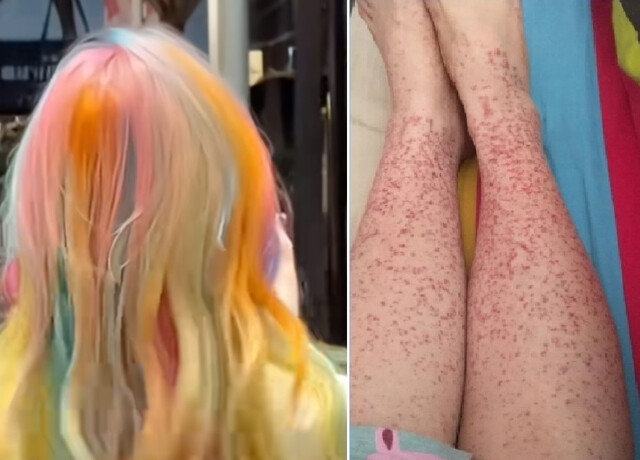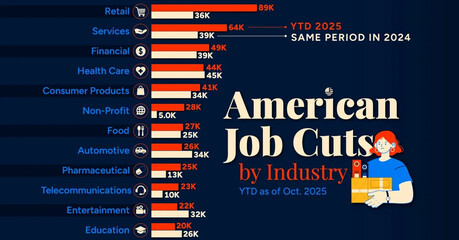
Henan, China—A 20-year-old woman in central China's Henan province has been diagnosed with kidney inflammation after frequently dyeing her hair to emulate the vibrant, ever-changing styles of her favorite K-pop idols. Identified only as Hua, the young woman reportedly visited her salon as often as once a month to change her hair color, with one notable style being the multi-hued 'rainbow hair' popularized by stars like EXO's Sehun and Girls' Generation's Hyoyeon.
Hua sought medical attention after experiencing unusual symptoms, including the appearance of red spots on her legs, as well as persistent joint and abdominal pain. Doctors at Zhengzhou People’s Hospital quickly pinpointed the cause of her kidney inflammation: chronic exposure to the harsh chemicals found in commercial hair dyes.
The Toxic Price of Beauty Trends
Dr. Tao Chenyang, Hua's attending physician, explicitly attributed the kidney disease to the patient's pattern of frequent and long-term chemical exposure. Dr. Tao issued a stark warning regarding the composition of many hair coloring products.
"Hair dye contains toxic substances that can cause renal and respiratory failure, and even increase the risk of cancer," Dr. Tao stated. He further cautioned that these dyes often contain heavy metals such as lead and mercury, which are known to be highly detrimental to human health. Repeated exposure to these toxic compounds is believed to have overloaded Hua's system, ultimately leading to kidney dysfunction.
Scientific Concerns Over Hair Dye Ingredients
The medical community has long raised concerns about the health risks associated with certain hair dye ingredients, particularly in products used repeatedly and over long periods. Research corroborates Dr. Tao's warnings.
Heavy Metals and Organ Damage: The kidneys are particularly vulnerable to heavy metal toxicity because they are the organs responsible for filtering and concentrating substances in the blood. Prolonged exposure to heavy metals like lead and mercury, which can enter the bloodstream through the scalp, can lead to chronic inflammation, tubular necrosis (the death of kidney tissue), and eventually, acute kidney injury (AKI) or renal failure.
Aromatic Amines: Many permanent hair dyes contain chemicals known as aromatic amines, such as paraphenylenediamine (PPD). While PPD is a highly effective coloring agent, it is also a powerful toxin. Studies have linked occupational exposure for hairdressers, as well as prolonged personal use, to an elevated risk of certain cancers, most notably bladder cancer. Severe, acute PPD poisoning—often from ingestion—is well-documented to cause rhabdomyolysis (muscle breakdown), which in turn, is a significant cause of AKI.
Cautionary Tale for Fans
Hua's case has ignited a discussion on Chinese social media about the dangers of blindly following celebrity beauty trends at the expense of one's health. While K-pop stars' frequent hair transformations are a major part of their visual brand and have fueled global beauty trends, experts are urging consumers, especially young fans, to exercise caution.
Medical professionals advise consumers to limit the frequency of hair dyeing, use gloves, and ensure adequate ventilation during application. They also stress the importance of checking product ingredients and opting for formulations that are free from heavy metals and harsh, known carcinogens whenever possible.
The case serves as a grim reminder that while temporary aesthetics can be enticing, the pursuit of beauty should never supersede the protection of one's long-term health. The cost of achieving a coveted 'rainbow hair' look, in this case, proved to be far steeper than the price of a salon visit.
[Copyright (c) Global Economic Times. All Rights Reserved.]




























